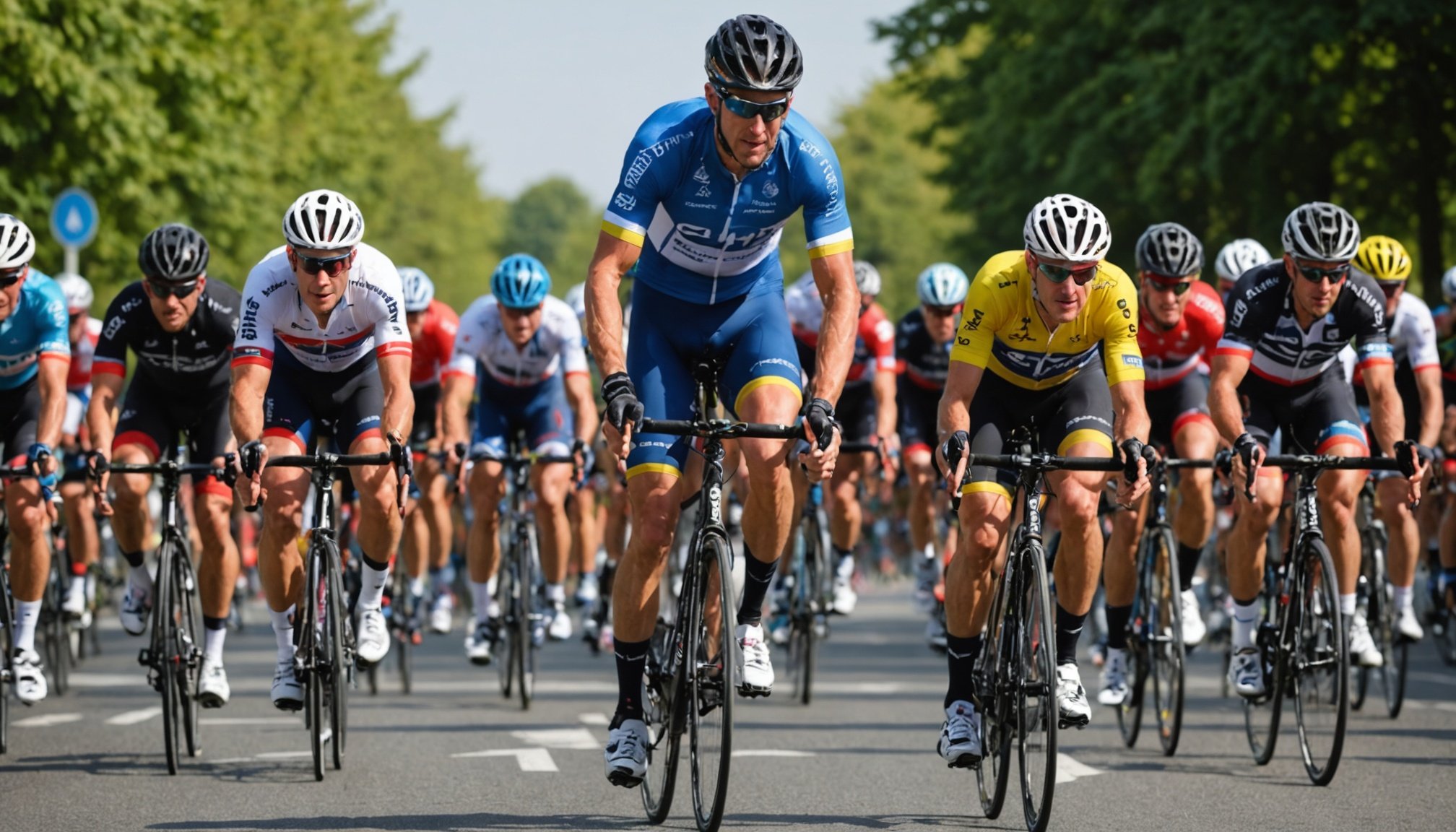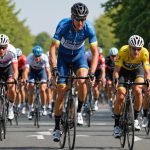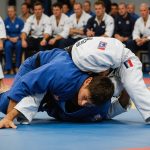Understanding Endurance in Multi-Stage Competitions
Endurance plays a critical role in cycling performance, especially in multi-stage events. Endurance training is crucial for cyclists as it enhances their ability to sustain effort over prolonged periods. This physical capability enables them to maintain a consistent pace throughout multiple stages of a competition, which is vital for success.
Multi-stage competitions present unique challenges that require a specific focus on endurance. Cyclists face continuous physical demands with minimal rest periods between stages. This environment necessitates not only peak physical fitness but also mental stamina. The expectation to recover quickly while maintaining optimal performance further underscores the importance of endurance training in these settings.
One key aspect of improving cycling performance in such events is metabolic efficiency. Cyclists with improved metabolic efficiency utilize energy stores more effectively, allowing for prolonged exertion without fatigue. This metabolic adaptation results from targeted endurance training, which conditions the body to optimize energy usage. The combination of physical endurance, efficient metabolism, and strategic rest intervals contributes significantly to a cyclist’s performance in the demanding structure of multi-stage events. Understanding and addressing these aspects through comprehensive training plans is essential for championing the rigours of cycling competitions.
Proven Training Techniques for Endurance Enhancement
Developing endurance through effective training techniques involves detailed planning and consistent effort. Here’s how cyclists can optimize their workouts for significant performance improvement.
In the same genre : Mastering the art of spins: elevate your ice skating with targeted strength training strategies
Periodization of Training
Periodization in endurance cycling involves a structured approach to training, breaking it down into distinct phases. This strategy helps athletes systematically build their fitness towards peak performance. Typically, models such as the linear periodization focus on gradually increasing intensity and volume, while non-linear periodization involves varied intensity levels throughout the cycle. Cyclists can tailor these models to suit individual goals, allowing for a performance improvement tailored to specific events or milestones.
Interval Training
High-intensity interval training (HIIT) is renowned for its effectiveness in boosting cycling endurance and speed. Cyclists incorporate short bursts of intense effort with periods of rest to enhance cardiovascular strength and overall stamina. For instance, a typical HIIT workout might include alternating between sprinting all-out for 30 seconds and recovering for 60 seconds. Numerous cyclists attribute their performance improvement to consistent interval training, reporting enhanced cycling efficiency and improved race results.
Long Distance Endurance Rides
Long rides are indispensable for building and maintaining stamina. Planning these sessions involves choosing routes with varied terrain, allowing cyclists to work different muscle groups and adapt to changing conditions. Maintaining a consistent, moderate pace throughout such rides helps in reinforcing endurance capacity. Implementing these training techniques consistently can lead to impressive gains in endurance and overall cycling prowess.
Nutrition Strategies for Endurance Cyclists
Endurance cycling demands meticulous attention to sports nutrition to sustain energy and optimise performance. Knowing the key nutrients is fundamental. Carbohydrates, fats, and proteins play distinct roles—carbs provide quick energy, fats are crucial for longer durations, and proteins aid recovery. Understanding these components helps manage energy effectively.
Pre-ride Nutrition
Before embarking on a ride, focus on fueling with complex carbohydrates. Think oatmeal or whole grain bread, which release energy steadily. Combine with lean protein for satiety, promoting balanced energy management.
During the Ride
During extended rides, maintaining energy levels is vital. Consume easy-to-digest carbohydrates like energy gels or bananas. Ensure consistent energy by snacking every 30-45 minutes, helping to delay fatigue and optimise performance.
Post-ride Recovery
After completing a ride, recovery fueling is essential. A combination of carbohydrates and protein within 30 minutes aids muscle repair. Chocolate milk or a protein shake works well, replenishing glycogen stores and initiating recovery.
Hydration Strategies
Hydration significantly impacts performance. For multi-stage events, strategies include electrolytes to prevent dehydration. Drink consistently, aiming for balance—not too much or too little. This ensures sustained performance across stages. Adjust based on weather conditions and personal sweat rates, ensuring peak hydration.
Recovery Methods to Sustain Endurance
In endurance training, effective recovery techniques are essential for optimising performance and preventing injury. Recovery involves more than just rest; it’s about active strategies that facilitate muscle repair and enhance overall endurance.
Active Recovery Techniques
Active recovery is crucial in any training cycle as it promotes circulation, reducing soreness and facilitating muscle repair without overexertion. Activities such as light jogging, swimming, or yoga are excellent for maintaining movement and flexibility. It’s best to schedule active recovery sessions on rest days or after intense workouts, typically lasting between 15 to 30 minutes.
Sleep and Its Role in Endurance Training
Quality sleep is vital for recovery and directly influences endurance performance. Sleep aids in muscle repair, energy restoration, and mental rejuvenation. Improving sleep quality can involve maintaining a consistent sleep schedule, creating a restful environment, and limiting screen time before bed. Studies show that athletes who prioritise sleep can significantly enhance their performance and recovery rates.
Recovery Tools and Technologies
Among popular recovery tools are foam rollers and compression gear, known for enhancing circulation and reducing muscle fatigue. Technologies like massage guns provide deep tissue stimulation, accelerating the recovery process. Experts recommend tailoring these tools to individual needs, considering user experiences and specific training demands. Such technologies offer targeted muscle repair solutions, contributing to improved endurance.
Creating a Structured Training Plan
Creating a comprehensive training plan is crucial for ensuring event readiness, especially for multi-stage competitions. A customized training plan must incorporate various elements to address the unique demands of such events. Start by establishing a preparation schedule that spans several weeks or months leading up to the event.
Example Timeline for a Multi-stage Event
An ideal timeline could involve dividing the preparation schedule into distinct phases:
- Foundation Phase: Focus on building a strong base of fitness and endurance. This period might last 6-8 weeks.
- Build Phase: Increase training intensity and volume to simulate the event’s demands. This phase could span 4-6 weeks.
- Peak Phase: Taper down the intensity while maintaining fitness levels, ensuring the body is well-rested yet primed for the event. Consider a 2-3-week period for this stage.
Balancing Intensity, Volume, and Recovery
Striking the right balance between intensity, volume, and recovery is vital to prevent burnout and injury. Typically, alternate between hard training days and lighter sessions that promote recovery. Incorporate rest days strategically within your preparation schedule. Regular adjustments to the training plan, based on ongoing performance and feedback, ensure optimal event readiness and long-term success.
Real-Life Examples and Expert Insights
Delve into the world of endurance cycling with real-life testimonies and expert perceptions. Whether you’re a budding cyclist or an experienced one, these insights promise to enhance your understanding and performance.
Interviews with Endurance Cycling Experts
Professional cyclists share invaluable insights on their meticulous training regimens. Their success hinges on a delicate balance of physical preparation, mental stamina, and gritty determination. Coaches emphasise the essence of personalised training plans, which consider the athlete’s unique profile and the specifics of their upcoming events. They stress the importance of consistency and recovery, often overlooked but crucial for optimising endurance over the long haul. Avoiding common pitfalls is another focal point. Experts advise pacing yourself, steering clear of overtraining, and, importantly, listening to one’s body. Each of these elements plays a pivotal role in the challenging landscape of multi-stage events.
Case Studies of Successful Cyclists
The journey of accomplished cyclists in multi-stage competitions offers a treasure trove of strategies. Examining their profiles reveals a pattern of methodical training methods and adaptive strategies. Álex, for instance, relied heavily on interval training to boost endurance and efficiency, while Lucy focused on nutrition and recovery as integral parts of her routine. These case studies underline the significance of learning from the experiences and best practices of seasoned athletes.











